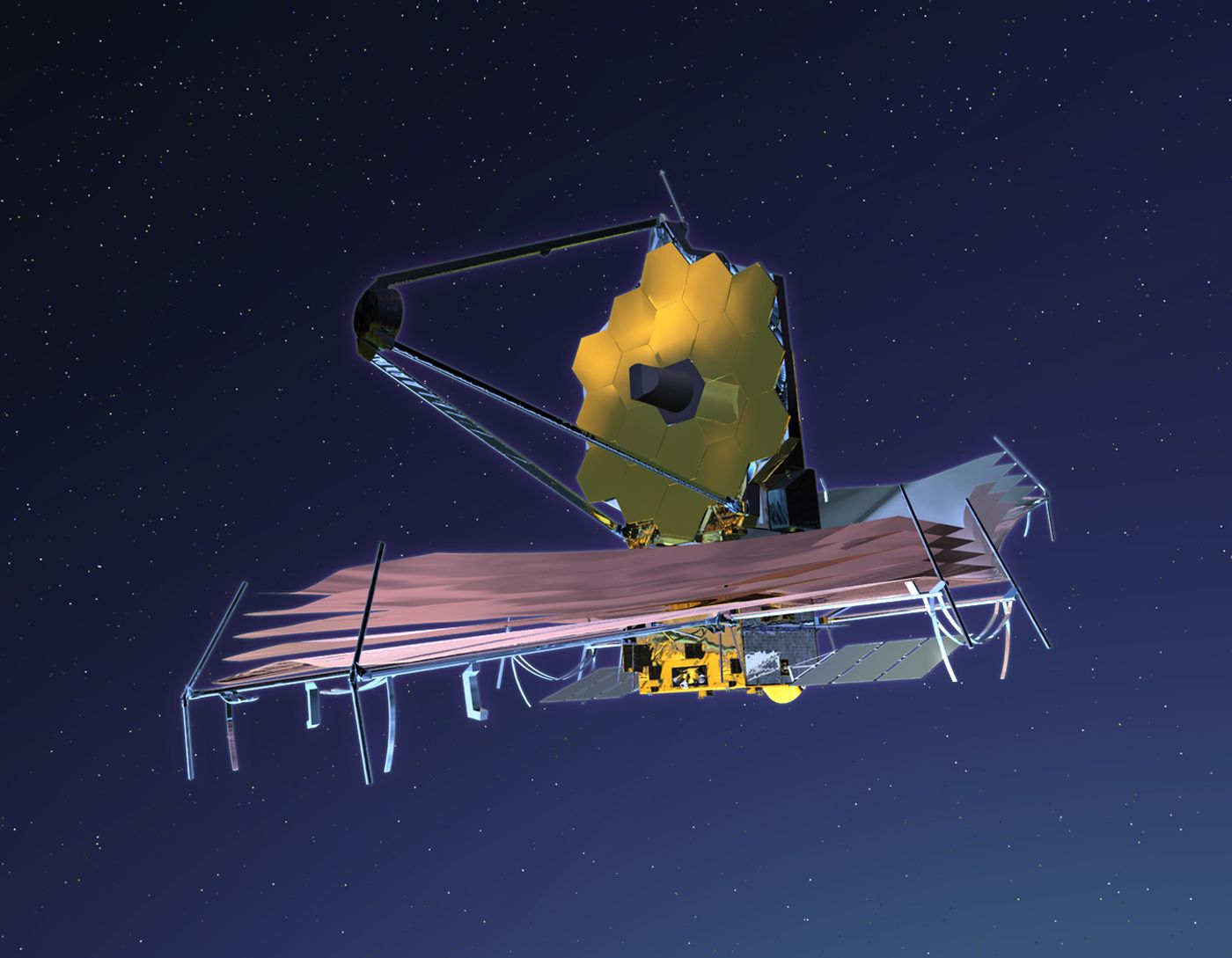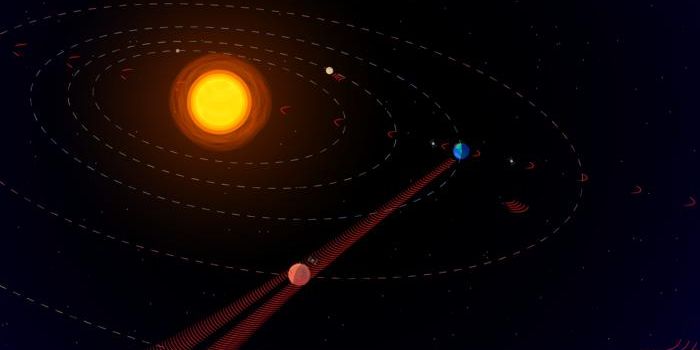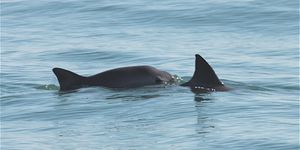Where Will the James Webb Space Telescope Begin its Search in Space?
The James Webb Space Telescope (JWST) has been under construction for several years, and it seems to be making headlines now more than ever as it gets closer to completion.
Image Credit: NASA
Most of the space observatory is built and complete, and is just finalizing ground testing before it’s launched into space in October of 2018. Among the things it has been put through are cryogenic and vibration testing to ensure that it can withstand the cold vacuum of space and the shimmying it will experience as it rides a rocket into space.
On the other hand, Hubble’s successor is several times more powerful than any equipment we’re using to explore the cosmos right now, so the question remains: what are we going to explore with it first?
Related: James Webb Space Telescope's primary mirror is complete, and it's huge
It would seem there’s some undoubted interest in learning more about that peculiar TRAPPIST-1 system, as well as the Enceladus and Europa, and even some of the first galaxies that were produced by the Big Bang that Hubble can’t seem to focus on because they’re too far away for its instruments.
“From the very first galaxies after the Big Bang, to searching for chemical fingerprints of life on Enceladus, Europa, and exoplanets like TRAPPIST-1e, Webb will be looking at some incredible things in our universe,” said JWST Director Eric Smith from NASA Headquarters in Washington.
“With over 2100 initial observations planned, there is no limit to what we might discover with this incredible telescope.”
We’ll be using this telescope to first scope out parts of our own Solar System that Hubble has been less than satisfactory at doing, such as the furthest planets that look like blurry blobs in Hubble’s view, and then we’ll be taking aim at nearby and distant exoplanets and their systems to learn more about them.
Of interest is the Kuiper Belt, the region just beyond Pluto that is much like the Asteroid Belt, only of rocks with differing compositions. Searching around, perhaps we’ll gain some headway in the search for the rumored Planet 9, or even the rumored Planet 10.
Related: Time lapse video shows the James Webb Space Telescope being assembled
Looking beyond our own Solar System, we want to use JWST to learn more about both planet and star formations in other systems where materials are just beginning to come together and form, and we want to learn more about black holes too.
We might be able to learn more about the Big Bang and the formation of the universe with the capabilities that JWST puts at our fingertips, but until we really launch it and put it into observation mode for the first time, we can’t even begin to guess what we’re going to find.
It should be interesting to learn more about what’s going on in the outskirts of our universe with the most powerful space telescope ever developed. We only have to wait another year for it to launch, and like the astronomers behind the project, we’re just itching to see the results.
Hubble Space Telescope won't be going anywhere in the meantime, but the JWST will both expand and extend on its research.
Source: NASA









